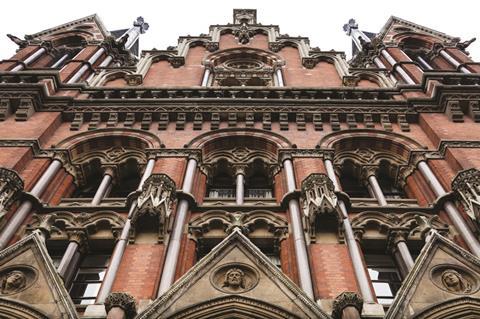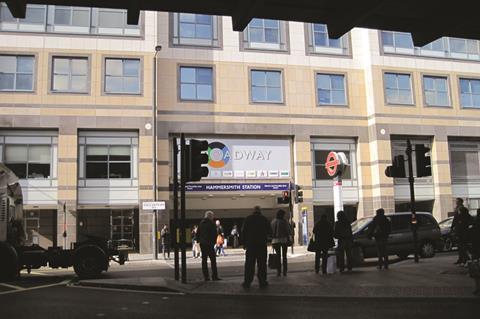Transport interchanges are a major part of our experience of a city, says Luke Schuberth. He compares the gothic glory of King’s Cross St Pancras to the confusion of Hammersmith

St Pancras has always been special, and not just because it boasts one of the most iconic facades of any British railway station, a striking red brick neo-gothic giant. Where it now excels is as a landmark interchange zone, both efficient to use and inspiring in its creation of new public realm.
It is a collection of large, simple, quality spaces, such as the re-worked multi-level St Pancras and the new King’s Cross ticket hall, which are all directly and clearly interconnected, both over and underground. An open square replacing the King’s Cross ticket hall, designed to improve passenger environment and connectivity is also on its way.
I frequently have breakfast on the St Pancras concourse, watching the Eurostar depart and delighting in the open, bright design and top-class facilities the station now offers, all helping to create a destination in its own right.
The Hammersmith transport interchange sits in stark contrast. Battling through it is a mission of deep concentration and the quicker this can be achieved the better. It lies in the shadow of the Hammersmith flyover and is home to a dominant five-lane roundabout that nudges the rest of city life out of the way. The Apollo, the church, Lyric Theatre, and major commercial occupiers all compete for a decent setting and space.
Internal movement through this interchange is difficult, with no daylight, and poor sight lines. The awkward positioning of the two-storey bus station also provides a less than desirable focal point for all the surrounding businesses and tenants.
The overall conflict simply creates confusion and a space where no-one cares to linger for too long.
Luke Schuberth is UK managing director at Aukett Fitzroy Robinson
WONDER

King’s Cross, designed by Lewis Cubitt, opened in 1852, while George Gilbert Scott’s St Pancras (pictured) came 16 years later in 1868. In 2000, work on High Speed 1 provided the impetus for the regeneration of both stations. The London terminal of the Eurostar moved to St Pancras in 2007, leading to the stations being rebranded King’s Cross St Pancras International. Redevelopment work is ongoing.
BLUNDER

Hammersmith is one of London’s key transport nodes and has a bus station and two London Underground stations, as well as road networks and the flyover, which carries the A4 over part of the Hammersmith gyratory system.



























No comments yet